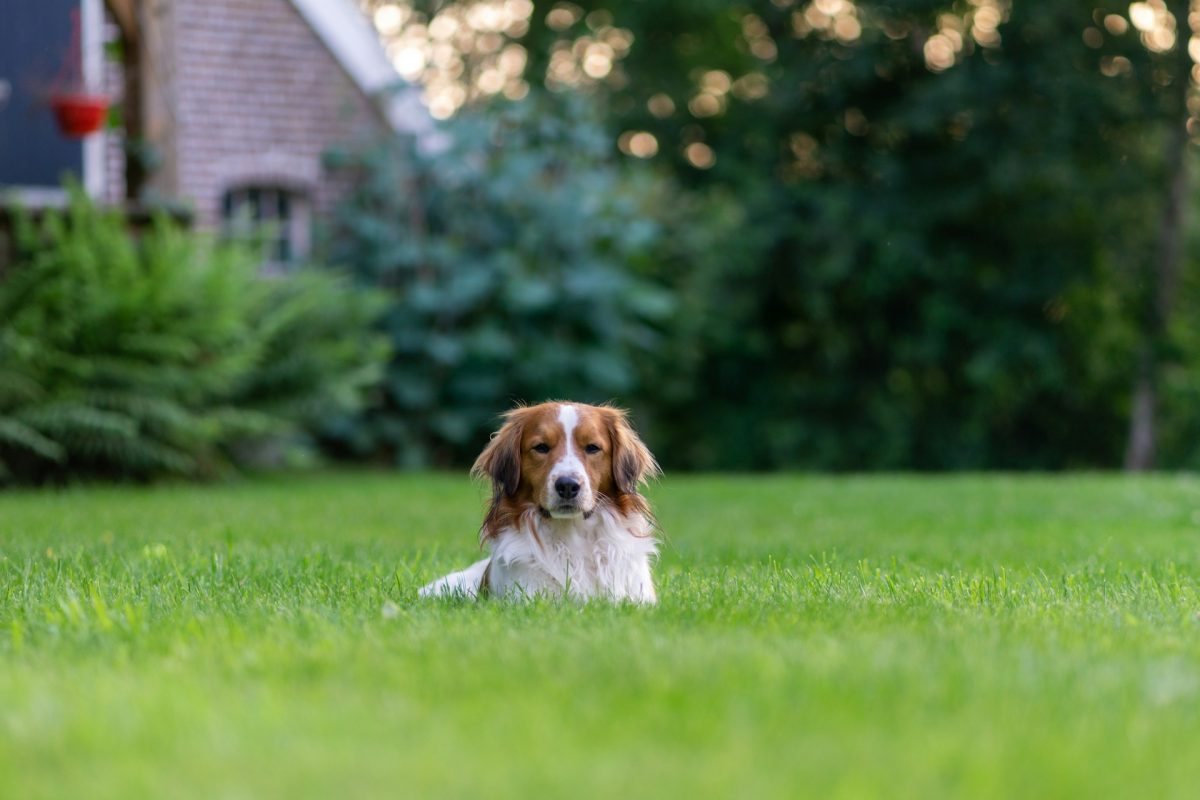Separation anxiety in dogs is a condition characterized by stress and behavioral problems when left alone. It’s a common issue many dog owners face, leading to destructive behaviors, excessive barking, and other signs of distress. Addressing separation anxiety requires patience, understanding, and a consistent approach. Here are seven strategies to help manage and reduce separation anxiety in your furry friend.
1. Gradual Desensitization
Start by leaving your dog alone for short periods and gradually increase the time as they become more comfortable. This slow introduction to being alone can help reduce anxiety. Use a calm and unemotional goodbye to make departures less stressful.
2. Create a Safe Space
Designate a specific area in your home where your dog feels safe and comfortable, like a crate or a special room. Equip this space with their favorite toys, bedding, and items that smell like you to help them feel more secure when you’re not around.
3. Provide Plenty of Exercise
A well-exercised dog is generally more relaxed. Ensure your dog gets plenty of physical and mental stimulation before you leave. A tired dog is less likely to experience anxiety and engage in destructive behavior.
4. Leave Background Noise
Leaving the radio or television on can provide comforting background noise and make your absence less noticeable. The sounds can help soothe your dog and make them feel like they’re not entirely alone.
5. Use Anxiety Aids
Consider using products designed to reduce anxiety, such as calming collars, anxiety vests, or diffusers that release calming pheromones. These aids can provide additional comfort to your dog when you’re away.
6. Practice Independence
Encourage your dog to be independent by not always responding to their attention-seeking behaviors. Teach them to enjoy their own company by rewarding calm and independent play. This can help build their confidence when alone.
7. Seek Professional Help
If your dog’s separation anxiety is severe, consulting with a professional dog trainer or a veterinary behaviorist is advisable. They can offer personalized strategies, behavior modification programs, and, if necessary, medication to help manage the anxiety.
Dealing with separation anxiety in dogs is challenging but manageable with the right approach. By gradually desensitizing your dog to being alone, providing a safe space, ensuring they get enough exercise, leaving background noise, using anxiety aids, encouraging independence, and seeking professional help when needed, you can significantly reduce your dog’s anxiety. Remember, patience and consistency are key in helping your furry friend overcome separation anxiety.



